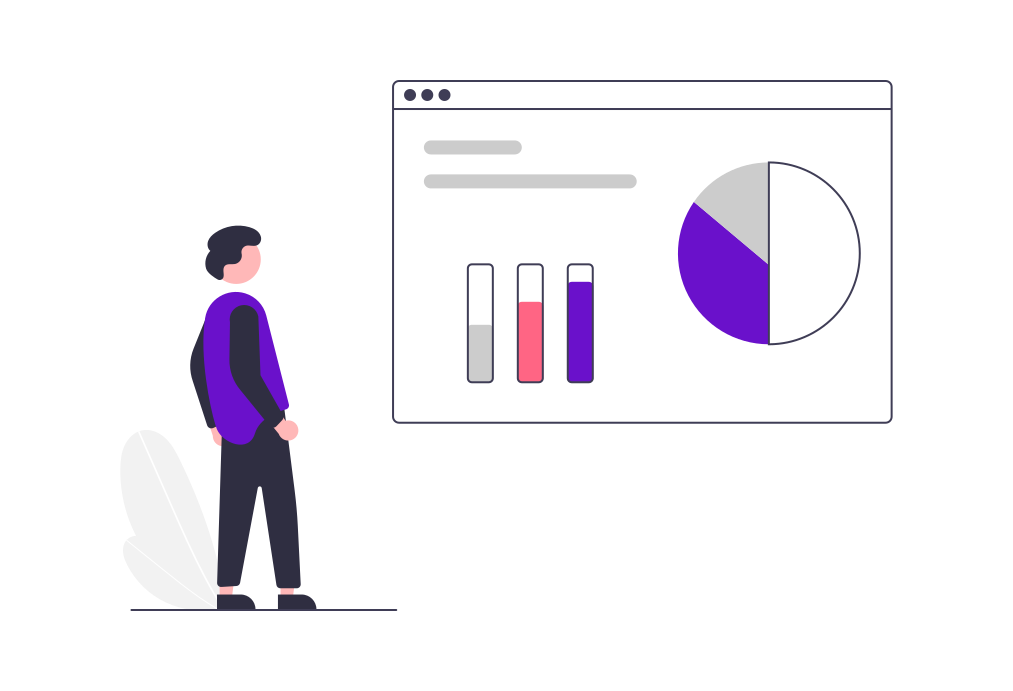In the ever-evolving landscape of digital marketing, technographic segmentation stands out as a pivotal strategy for understanding and targeting your audience based on their technology usage. This approach goes beyond basic demographic data to uncover insights about the tools, platforms, and technologies that potential customers are using. By leveraging technographic data, businesses can tailor their marketing efforts to meet the specific needs and preferences of their audience, resulting in higher engagement and conversion rates.
Understanding Technographic Segmentation
Technographic segmentation involves categorizing and targeting audiences based on the technology stack they use. This includes software, hardware, and other tech tools that organizations employ in their daily operations. By analyzing this data, companies can identify patterns and trends that inform their marketing strategies, product development, and customer service approaches.
Key Benefits of Technographic Segmentation
-
Enhanced Personalization: By knowing what technologies your audience uses, you can create highly personalized marketing messages that resonate more effectively with them.
-
Improved Targeting: Technographic data helps in identifying high-potential leads who are more likely to benefit from your product or service.
-
Competitive Advantage: Understanding your competitors' tech stacks can help you differentiate your offerings and position your product more strategically.
-
Resource Optimization: Focus your marketing and sales efforts on prospects that are more likely to convert, optimizing your resources for better ROI.
How Technographic Segmentation Works
To effectively utilize technographic segmentation, businesses need to gather accurate and comprehensive data. This can be achieved through various methods:
-
Surveys and Questionnaires: Directly asking your customers about their technology usage.
-
Web Scraping and Data Mining: Extracting data from websites and online platforms to identify the technologies being used.
-
Third-Party Data Providers: Partnering with companies that specialize in technographic data collection and analysis.
-
CRM and Analytics Tools: Leveraging existing customer data from CRM systems and analytics tools to identify technology patterns.
Implementing Technographic Segmentation
-
Data Collection: Start by gathering technographic data from reliable sources. Ensure that your data is up-to-date and relevant to your target audience.
-
Data Analysis: Use advanced analytics tools to process and analyze the data. Look for patterns and trends that can inform your segmentation strategy.
-
Segment Creation: Based on your analysis, create distinct segments within your audience. These segments should be based on shared technology usage characteristics.
-
Personalized Marketing: Develop tailored marketing campaigns for each segment. Highlight how your product or service integrates with their existing technology stack or addresses specific pain points related to their tech usage.
-
Monitoring and Optimization: Continuously monitor the performance of your technographic segmentation strategy. Use insights from your campaigns to refine and optimize your approach.
Conclusion
Technographic segmentation is a powerful tool that allows businesses to understand and engage their audience on a deeper level. By leveraging insights into technology usage, companies can create highly personalized marketing strategies that drive engagement and conversion. As technology continues to evolve, the importance of technographic data will only grow, making it an essential component of any modern marketing strategy.


